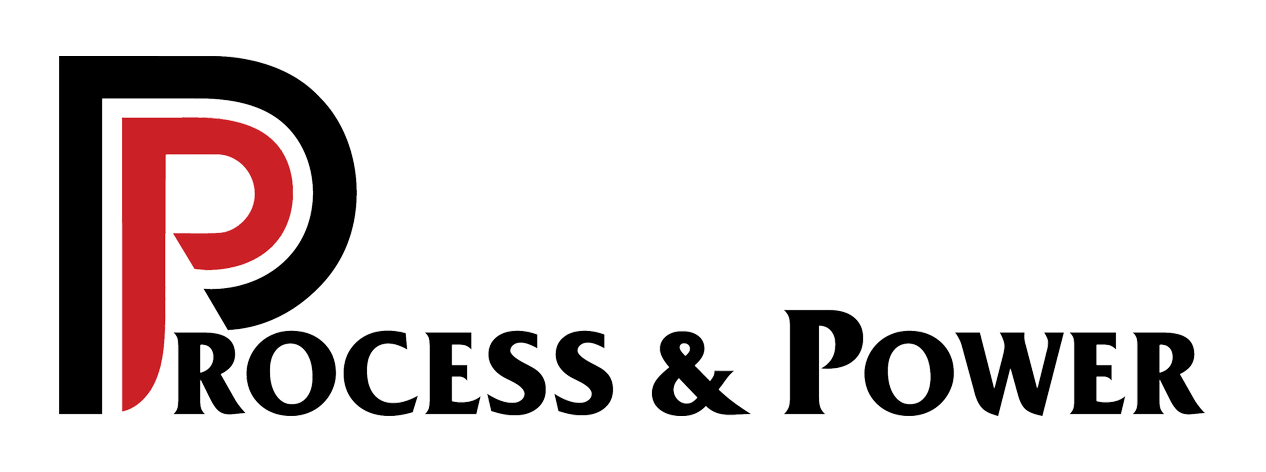Audits Can Pinpoint Problems
/It may be as simple as a pinhole in an air hose. Or the problems could be much more complex. Whatever is slowing down air delivery, a compressed‐air audit can usually point out ways to improve the efficiency of the system.
"The audits were relatively inexpensive," says Terrance Butler, facilities manager for Technicolor Home Entertainment, which had two audits done before and after a recent expansion. "They not only helped on the efficiency of our air, but have reduced our electrical costs."
A leaking air hose means compressed air used to perform some kind of work is being lost to the atmosphere. That, in turn, makes compressors, which can be quite expensive to purchase, operate and maintain, work harder than they should.
Butler says Technicolor's movie DVD packaging process is operated by compressed air, which inserts the disks' hard plastic cases into the plastic‐wrap coverings.
The planned expansion would have to include improving the performance of Technicolor's compressed‐air system, which is second only to electricity in importance at the company's Memphis locations.
"We weren't able to produce enough pressure for the number of (packaging) lines," Butler says.
The firm tapped Process & Power, Inc., a Mid‐South "master dealer" of Ingersoll Rand compressors, to run the audits. Process & Power is headquartered in Memphis and has branches in Little Rock, Ark.; Springdale, Ark.; Tupelo, Miss.; and Jackson, Tenn.
In what is a fairly typical procedure, Process & Power audited Technicolor's compressed air systems "before and after the fact," says Butler. The initial assessment called for fixing leaks, upgrading a number of valves and adding air storage capacity.
"They analyzed what we could do to increase the capacity of the existing equipment. The big cost," says Butler "was the upgrade itself." That, he reports, ran Technicolor $30,000‐$40,000; replacing compressors could happen in the future.
Lee Majors, vice president of technical services at Process & Power's Little Rock branch, says audits can spread across a pretty wide cost spectrum, from $500 for a "low‐end, strictly supply side of a small operation" to $20,000 or more for a "multiple entry‐point system of a major company."
Usually, Majors explains, an audit is two‐phased. The supply‐side audit looks at air compressors, filters and dryers, if systems are so equipped to assess what the delivery capacity is.
The demand‐side audit, the longer and more complex process, comprises compiling individual data logs of tools and equipment run by the compressed air.
Major reports his company did eight audits in October for companies in Arkansas, West Tennessee and North Mississippi.
The federal Department of Energy has been pushing for companies to become more aware of the efficiencies of their compressed‐air systems, Majors says. According to the DOE Web site, compressed‐air systems cost $1.5 billion in energy per year. The efficiency of most of those systems can be improved by 20%‐50%.
Major says his teams typically measure output and capacities of a plant's air systems and use "pretty generic data‐collecting software" to assess the results.
"Of all the mechanical systems," Majors says, "compressed air is the worst for energy efficiency, but it's very convenient."
Industry experts estimate the cost of air power can be eight times that of electricity, so anywhere improvements can be made could save money.
Rich Martinez says Husqvarna Consumer Products in DeQueen, Ark., where he serves as maintenance manager, shelled out about $1,000 for two separate audits in 2005.
"They confirmed we needed to add volume by installing variable‐speed compressors to minimize the use of (other existing) compressors," Martinez says.
That resulted in the chainsaw assembly plant's $100,000 investment in air power upgrading. Martinez says the audit prices were "very reasonable, money well spent."
"Because compressed air is just air, people tend to think it's not expensive," says Stuart 'Stu' Bassett, Process & Power's president. "But if it leaks, it can cost thousands of dollars a month to keep the pressure up."
